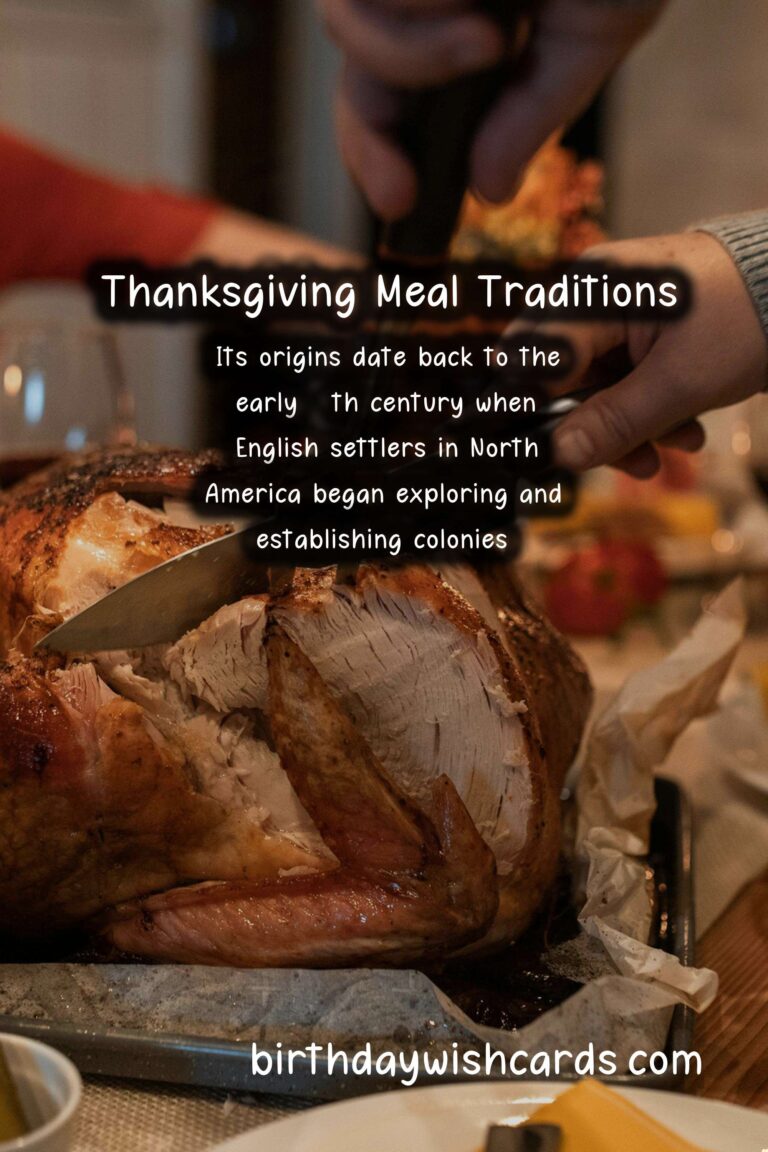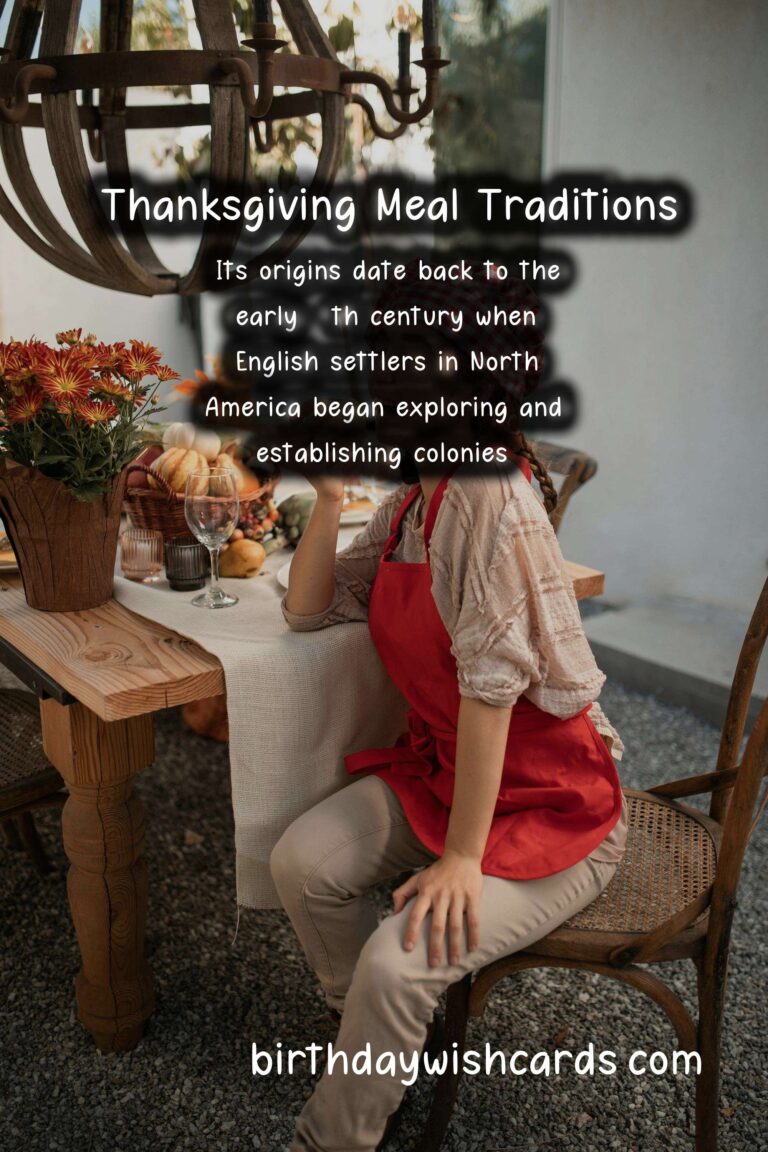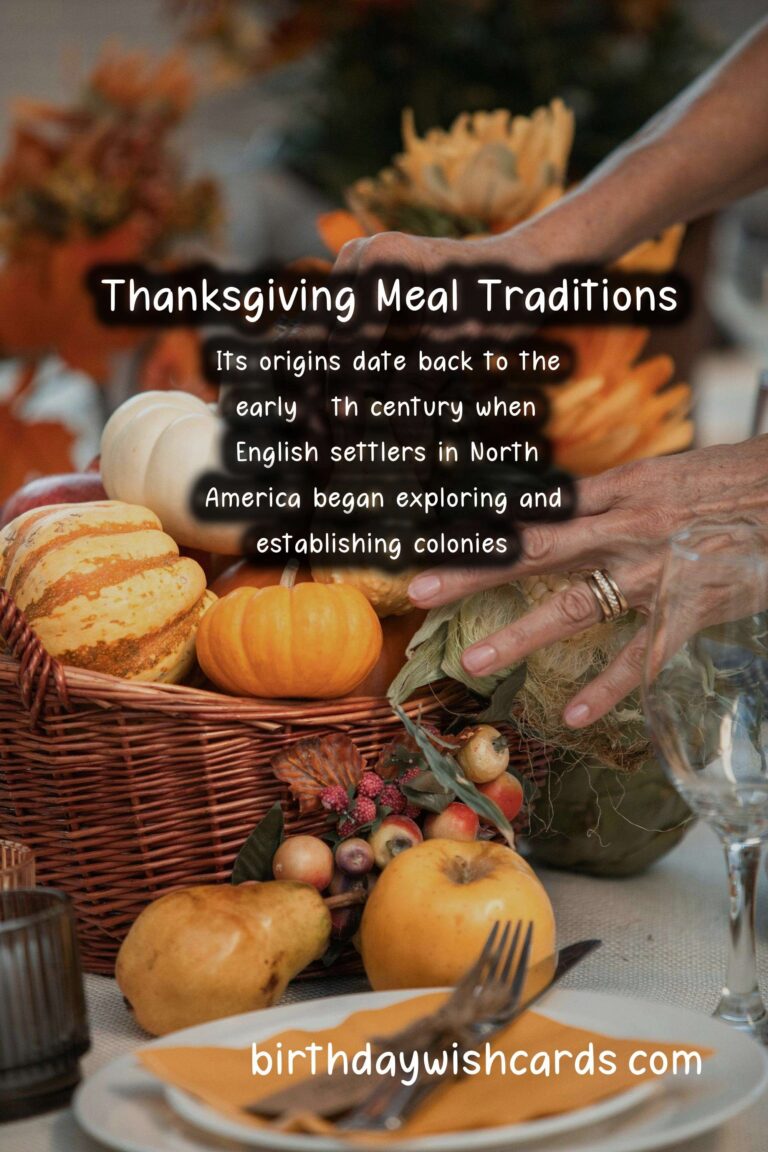
Thanksgiving is a cherished holiday celebrated in the United States and Canada, marked by a spirit of gratitude and togetherness. Its origins date back to the early 17th century when English settlers in North America began exploring and establishing colonies. This article delves into the rich history and profound significance of Thanksgiving, tracing its evolution from a harvest festival to a national holiday.
Origins of Thanksgiving
The roots of Thanksgiving can be traced to the early Puritan settlers, who sought religious freedom in the New World. In 1620, the Pilgrims set sail on the Mayflower and landed in Plymouth, Massachusetts. The following winter was harsh, leading to the loss of many lives due to starvation and disease. However, the warmth of the spring brought renewed hope as they encountered the Native Americans, specifically the Wampanoag tribe, who helped them survive by teaching them essential agricultural techniques.
The first Thanksgiving is often cited as taking place in 1621, when the Pilgrims celebrated a successful harvest. They invited their Wampanoag allies to join in a feast, which lasted for three days. This event marked a significant moment of cooperation and friendship between two distinct cultures, forging an enduring historical connection.
Thanksgiving in Colonial America
Throughout the 17th and 18th centuries, Thanksgiving celebrations varied widely across the American colonies. Many colonies held days of thankfulness, where inhabitants would gather for feasts and express gratitude for bountiful harvests or military victories. These early thanksgivings were often more religious in nature and included sermons, prayers, and communal gatherings.
The idea of a national Thanksgiving celebration began to take root, gaining momentum during the American Revolution. In 1789, George Washington proclaimed a national day of Thanksgiving to give thanks for the successful conclusion of the war, creating a sense of unity and gratitude among the newly formed nation.
The Role of Sarah Josepha Hale
The push for a nationally recognized Thanksgiving holiday gained traction in the 19th century, thanks in large part to Sarah Josepha Hale, the editor of Godey’s Lady’s Book. Hale wrote numerous letters to presidents, advocating for a national Thanksgiving Day. Her persistence paid off when, in 1863, President Abraham Lincoln proclaimed Thanksgiving a national holiday, scheduling it for the last Thursday in November. This decision aimed to unify the nation during the Civil War, allowing Americans to come together in gratitude despite the ongoing conflict.
Evolution of Thanksgiving Traditions
As Thanksgiving became an established holiday, various traditions began to emerge. One of the most enduring customs is the Thanksgiving feast, featuring dishes such as turkey, stuffing, cranberry sauce, and pumpkin pie. These foods have become symbols of the holiday and are enjoyed by families across the country.
Over the years, Thanksgiving has also evolved to include various activities, such as parades, football games, and community service events. The Macy’s Thanksgiving Day Parade, which began in 1924, has become an iconic event, showcasing elaborate floats and performances, bringing communities together to celebrate.
The Significance of Thanksgiving Today
Today, Thanksgiving remains a time for reflection, gratitude, and connection with loved ones. Families gather around the dinner table to share meals and stories, fostering a sense of belonging and appreciation. It’s a time to remember the history of the holiday, acknowledging both the joyful and challenging moments of the past.
Thanksgiving Around the World
While Thanksgiving is primarily recognized in the United States and Canada, other cultures celebrate similar harvest festivals. For instance, in Germany, the Erntedankfest is celebrated in September or October to give thanks for the harvest. Similarly, the Japanese have a festival called Kinrō Kansha no Hi, which honors workers and celebrates gratitude. These celebrations, while unique, share a common theme of gratitude and reflection.
Modern-Day Challenges
Despite its emphasis on gratitude and community, Thanksgiving poses challenges, such as the commercialization of the holiday. As consumerism grows, many families find themselves caught in the cycle of shopping on Black Friday, overshadowing the true spirit of Thanksgiving. Additionally, it is crucial to recognize the historical injustices faced by Indigenous communities, and many now use the day to advocate for awareness and healing.
Conclusion
Thanksgiving serves as a reminder of the importance of gratitude, community, and reflection on our shared history. As we gather around the table with family and friends, let us honor the spirit of togetherness and acknowledge the complex narratives that have shaped this beloved holiday. Whether through sharing meals, expressing appreciation, or engaging in acts of kindness, Thanksgiving remains a time for fostering connections and celebrating the abundance in our lives.
Thanksgiving is a cherished holiday celebrated in the United States and Canada, marked by a spirit of gratitude and togetherness. Its origins date back to the early 17th century when English settlers in North America began exploring and establishing colonies. 













